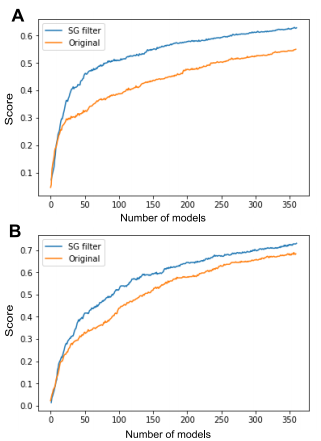Prediction of clinically relevant discordances between a dynamic wavefront autorefractor and subjective refraction: a machine learning approach

| AUTHORS / CAREER / CENTER | Marcos Rubio Rubio / Master in Multimedia Communications / Universidad Carlos III de Madrid |
| SUPERVISORS | Eduardo Lage / PhD / Universidad Autonoma de Madrid |
| TYPE | Master’s Thesis |
| ABSTRACT | ABSTRACT The clinical accuracy of objective refraction instruments has improved over the last decade thanks to the implementation of faster, more accurate and easier to operate autorefractors. Despite these improvements, subjective refraction (SR) remains the gold standard for prescribing eyeglasses because, even though it takes much longer than an objective reading, allows taking into account the visual preferences of the patient and iteratively improving their visual acuity (VA). This work proposes an automatic classification system which has been designed to predict clinically relevant disagreements (≥0.75 D in Spherical Equivalent (SE)) between a novel dynamic wavefront aberrometer, the QuickSee Flip (QSf), and subjective refraction. The underlying algorithms use Hidden Markov Models (HMM) to extract relevant dynamic information provided by this novel autorefractor and Support Vector Machines (SVM) to implement the final detection step. To assess the performance of the proposed system we have carried out experiments using a dataset with 4,208 QS readings for which SR was also available, maximizing the partial area under the ROC curve for a false positive (FP) rate below 15%. The final system achieved a true positive (TP) rate of 19%, 48.3%, and 65.3% for a 1%, 5%, and 15% FP rate, respectively.Key Words: wavefront aberrometry, refractive error, hidden Markov models, subjective refraction, machine learning, partial area under the curve. |
| LINK | Confidential content |



